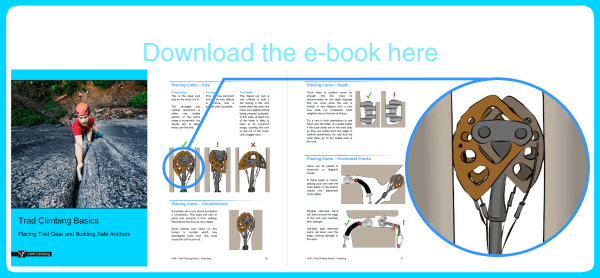This 'ball nuts' article is part of the book - Trad Climbing Basics.
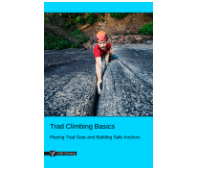
Ball nuts are a seldom used type of climbing gear which offer protection in thin cracks, filling the void where even the smallest cams are too big to fit.
They are comprised of two halves: one half is a paddle and the other is a flat ball which tracks up and down a central groove on the paddle when the trigger is pulled or released.
When weighted, the paddle is pulled down while the ball remains stuck in position. As the paddle moves down, it slides over the ball, therefore expanding the whole unit and causing it to lock into the crack.
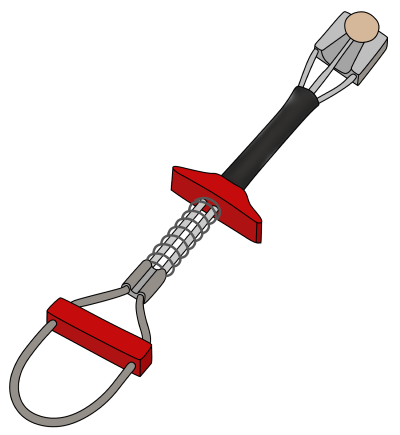
Ball Nuts: How They Work
The key to using ball nuts is understanding the physics which cause them to lock into the crack:
- Ball travel
- Topology
- Surface texture
- Rock hardness.
Each of these are described below.
Ball Travel
When you pull the trigger, the ball travels along the paddle’s central groove. On most units, the ball can travel beyond the paddle at either end.
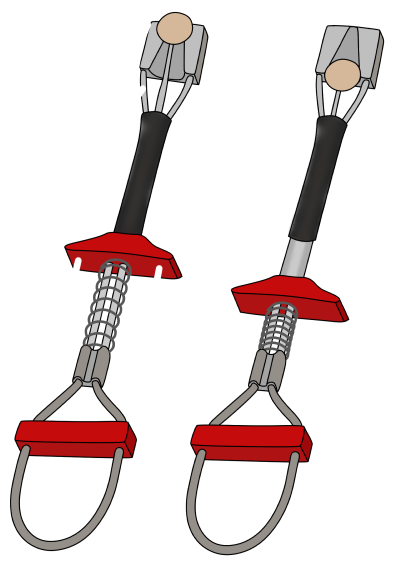
During a fall, the ball stays still and the paddle is pulled down a tiny amount. Essentially, the ball ‘travels’ relative to the paddle. This cinches the whole unit tight into the crack.
There will be some amount of ball travel in every fall, but the exact amount depends on the rock type and the placement (see below). The key to using ball nuts is anticipating and accommodating for the distance the ball will travel.
In a typical placement, the ball nut should be placed so the ball starts about 25% of the way up the paddle. When it cinches up in a fall, the ball moves to around 50-70% up the paddle.
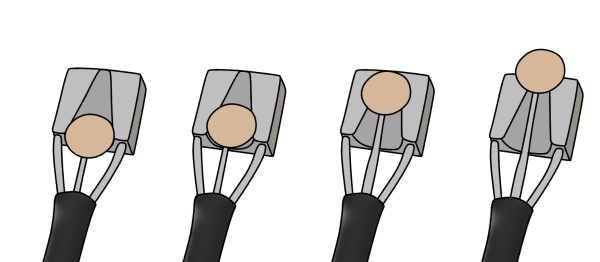
If the ball starts at the very bottom of the paddle (so the ball nut is at its narrowest setting), it may be difficult to remove.
If the ball starts close to the top of the paddle, there is a good chance that the ball will ride over the top end of the paddle, therefore causing the piece to fail.
Topology
Ball nuts are best placed in a slight constriction as opposed to an absolutely parallel sided crack. Gear which is better suited to parallel sided cracks are:
- Micro cams (if they will fit)
- Pitons (if you are aiding with a hammer)
- Cam hooks (if you are aiding without a hammer)
In very tapering constrictions, a micro nut will be a better choice. This is because ball nuts are more sensitive to rotating upward/outward with movements in your rope as you climb above.
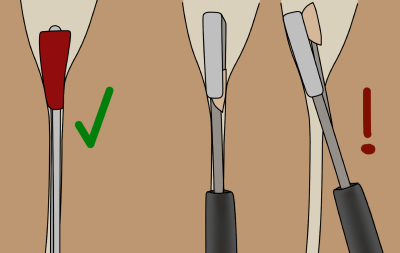
In addition to getting the ball in an appropriate spot on the paddle, you’ll need to find the best spot for the ball to ‘stick’ in the crack.
Remember that the paddle moves under load, not the ball. If the ball moves too, the whole piece will probably pull out. Look for more texture, a tiny protrusion or constriction for the ball to rest on.
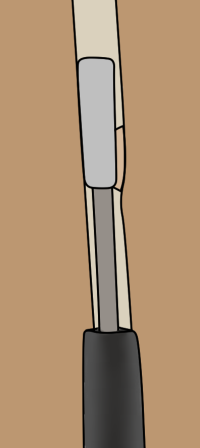
Surface Texture
In completely slick or icy rock, the ball will struggle to grip the side of the crack as the paddle is pulled down. This means the ball nut will slip right out. A slightly rougher surface is much better.
Be aware of tiny crystals or grains of rock which may crunch into dust under the force of a fall. This could cause the unit to expand beyond its limit and fail.
Rock Hardness
Harder rock (such as granite) is much better suited for ball nuts. When weighted in very soft, loose or expanding rock, the ball is likely to travel the full length of the paddle and slip off the end. This is especially true in the smaller sizes.
Ball Nuts: The Placement
Step 1
When you find a suitable placement, grab your rack of ball nuts and try a few that are most likely to fit. Assess the texture and taper of the crack and the quality of the rock.
Step 2
Retract the trigger so the ball slides down to the bottom of the paddle slot. Place it in the crack and release the trigger. Closely inspect the placement to take advantage of every subtle feature.
Step 3
Tug downwards (in the direction of loading) on the ball nut to seat it into position. The ball should now be around 25% of the way up the paddle.
Make a final assessment to check there is no possibility of it cinching up so much that the ball rides over the end of the paddle.
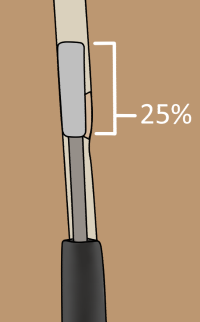
Step 4
Extend the ball nut with a quickdraw or sling.
Think carefully about where your rope will pull on the piece as you climb above. Ball nuts should stay exactly where you placed them. Rotation can make them blow.
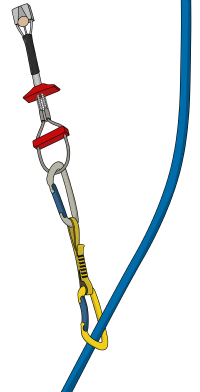
Ball Nuts: Removal
To remove a ball nut, you have to reverse the cinching action. For many placements, this can be done by retracting the trigger, just the same as a cam.
If this doesn’t work, the strategy is to get the paddle to slide into the crack further while the ball stays where it is. You can assist this by hooking a nut tool over the ball (if there’s space for it) while you pull the trigger and push the whole unit in.
The ball is made of a softer metal than the paddle. Under high forces (such as in a fall), the ball deforms slightly. This helps it to stay in position and stick in the crack. To remove stubborn ball nuts like this, you can free up the ball by rotating or tapping the paddle in with your nut tool.
Ball Nuts: Racking
Ball nuts can be racked in the same way as nuts: Just put them in small groups on a carabiner.
If you are only carrying one or two, they can be added to your small nut rack.
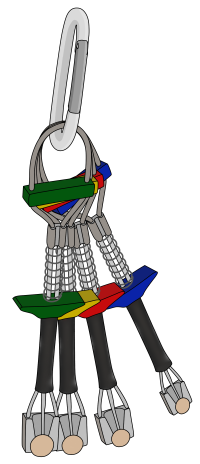
Ball Nuts: Summary
Armed with a set of ball nuts, you can protect or aid tiny cracks that you’d otherwise have to leave unprotected or hammer in a piton.
If you often climb in venues that feature very small cracks or pin scars, you will benefit by adding a set of ball nuts and the skills to place them to your arsenal.
